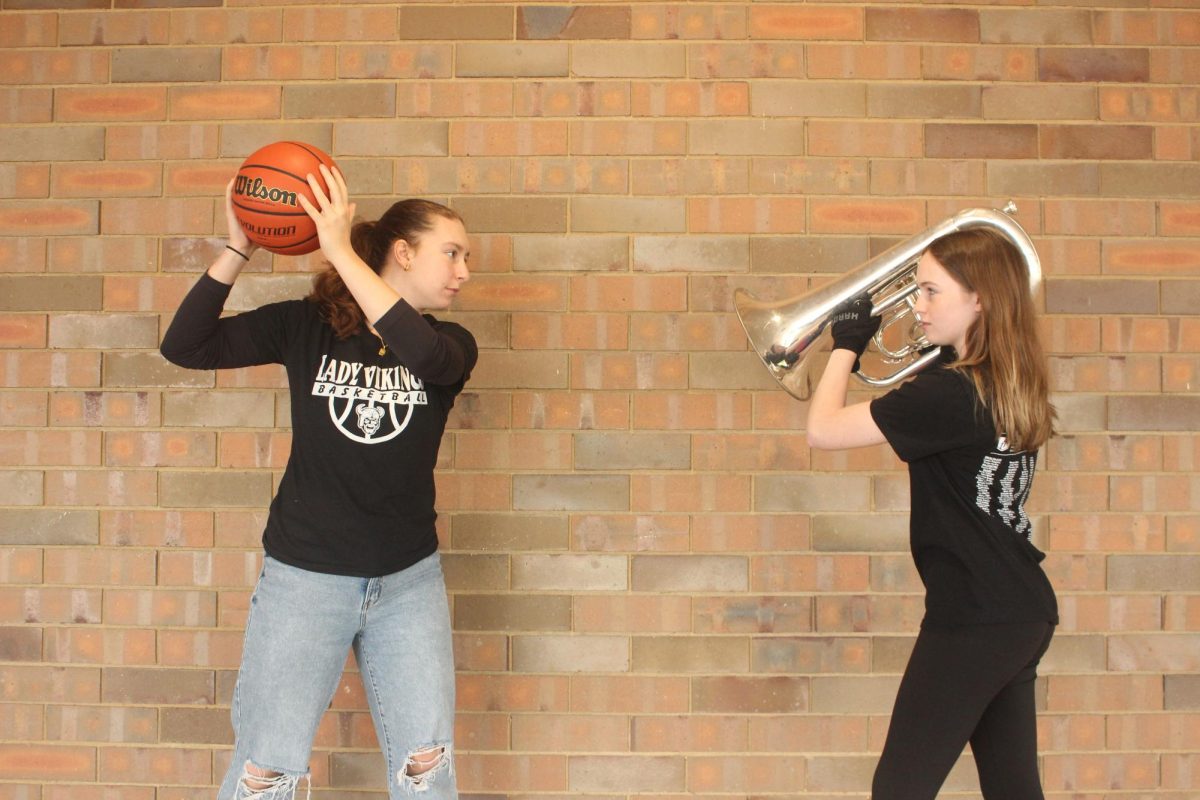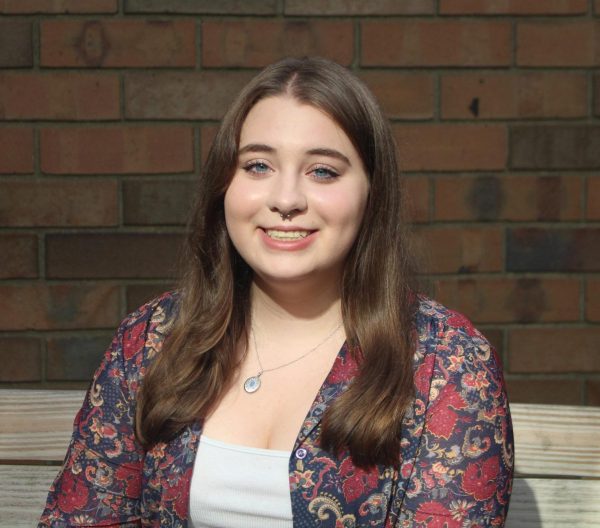It takes so much of a person, constant sacrifice and immeasurable power to slow down and care for a body that seems to give you nothing but hardship. Living in a world where our worth is determined by speed and a predetermined idea of success the pursuit is trenchant and crushing. The relentless pressure to conform is a weight that, at times, breaks and, at others, fortifies the spirit with incredible power. In a world where sidewalks seamlessly lead to bustling cafes and staircases provide a gateway to a world of opportunities, a reality is revealed of a world not designed with everyone in mind. For those who navigate this world with a different set of abilities, it is one of frustration, resilience and an unyielding battle against barriers. For a person living with disability, every day unfolds as a series of challenges, but it’s not just about the grandiose architectural structures that stand as symbols of exclusion, but rather the subtleties that weave into the fabric of our daily lives. The little things, the nuances that able-bodied people never really have to think about, become glaring reminders of the disparities between those considered “normal” and the marginalized.
There can be many obstacles to overcome when navigating the world with a mobility impairment, each highlighting the pervasive lack of accessibility in various facets of daily life. Many older buildings and spaces fail to meet the ADA (Americans with Disabilities Act) guidelines in place, and even when they do, these guidelines still, in some ways, fail to do enough. The current ways of inclusiveness are simply not working. Some hair salons lack wheelchair-accessible spaces. Clothing stores, grocery stores and libraries often have aisle widths inaccessible to wheelchairs. Showers and bathrooms frequently lack grab bars and shower chairs. Outdoor spaces, including parks and recreational areas, are often inaccessible, denying them the joy of outdoor activities. The daily commute can become a hurdle with the inadequacy of wheelchair-accessible public transportation, compounded by sidewalks and crossings that are often inaccessible. Even the justice system poses challenges, as courtrooms are often not designed to accommodate individuals with mobility impairments. Some cultural and entertainment venues, ranging from theaters and museums to galleries and churches, either lack or are unwilling to adapt for disabled individuals. Financial transactions become an ordeal with ATMs lacking inclusivity features. Housing, supposedly a basic need, becomes a luxury, as adaptable options such as ramps and elevators are limited and come at a high price. Even social events and gatherings lack proper accommodations, from seating and parking to restroom facilities. The education system frequently falls short, with insufficient accommodations for students with mobility challenges in both physical infrastructure and educational materials. Job searches are limited to facilities willing to accommodate disabled employees. Gyms and fitness centers more often than not lack accessible equipment due to the harmful assumption that fitness is not for those with mobility impairments. All of this is simply because people with mobility disabilities are an afterthought in this fast-paced, competitive world. Nobody stops to think of the world beyond the status quo.
For individuals with deafness, everyday activities are often hindered by a lack of accommodations. Public spaces, including transportation and entertainment venues, frequently lack adequate sign language interpretation services or visual alerts. Simple tasks, such as communication at work or socializing, become tedious and isolating. Meanwhile, for those with blindness, barriers extend from navigating physical spaces to accessing information. Inaccessible websites and digital content limit their ability to gather information independently. Braille signage and tactile features are sparse in public places. Furthermore, public transportation systems may lack audio announcements or tactile indicators, complicating independent travel. These difficulties are exacerbated by the intersectionality of deafness and blindness, highlighting the necessity of broad inclusivity policies that address the various needs of people with sensory impairments. Similarly, people with cognitive and psychiatric disabilities face persistent gaps in inclusion in many different areas of life. But disability is a wide-ranging spectrum, and different people with disabilities have different needs and require different things. In educational settings, students with print disabilities, such as dyslexia and dyscalculia, often face barriers of inaccessible materials and inadequate help from teachers. The professional realm mirrors these challenges, with a lack of assistive technologies in offices often hindering individuals with cognitive disabilities from fully thriving in the workforce. Health information, a crucial aspect of well-being, remains largely inaccessible to those with cognitive disabilities like autism or Down syndrome, limiting their ability to make informed decisions about their health. Financial institutions and legal processes further exacerbate daily challenges, with all too often insufficient accommodations for people with cognitive disabilities, both in terms of document accessibility and procedural adjustments. These limitations permeate even the most intimate aspects of daily living, like personal hygiene. Cognitively disabled individuals often encounter a shortage of adaptive tools specifically designed to meet their unique needs. Simple tasks that many take for granted, such as bathing or maintaining personal cleanliness, become intricate processes, imposing additional physical and emotional strains.
Continuing in the realm of daily struggles, unlike the typical scenario where illness often leads to staying home and recuperating until recovery, individuals with chronic illnesses confront the reality of waking up each day to attend school, fulfill work obligations, or manage household tasks. The world doesn’t pause for them to feel better; in fact, it often seems indifferent to their unique struggles, revealing a reality where the environment isn’t tailored to accommodate individuals facing chronic health conditions This creates the daunting challenge of keeping up socially, professionally and medically all while ill, tired and in pain.
In the intricate tapestry of daily life, the struggles faced by those navigating a world not designed with disability in mind are made nearly impossible not just by glaring stigma or obvious physical obstacles, but by the things people don’t see. The subtle nuances, the unnoticed details are woven into the fabric of our routines, and add up to an overwhelming and frustrating life of waking up every day and fighting to keep up. But beyond the struggle, so many emerge successful and live full and happy lives. Disabled people do not need your pity: They need your effort. It is hard enough to live with a disability, but even more than that, they are disabled by how able society thinks, feels and functions. Ableism is so deeply ingrained into our minds, even ingrained in the minds of those facing it. When we rest we are called, and feel, lazy. When we slow down or take longer we are worth less and made to feel inferior. How corrupt have we become to let taking time to maintain our health become villainized? As a society, we need to listen and change our mindset. Inclusivity cannot remain an afterthought. Reflecting on the subtle intricacies that able-bodied individuals often take for granted, it becomes clear that inclusivity is not just a matter of physical accessibility; it is about fostering a culture that prioritizes understanding, compassion, and a shared commitment to dismantling the barriers that persist in our society. In acknowledging and addressing these problems, we take a step towards creating a world where everyone, regardless of their abilities, can navigate life with dignity, equality, and a sense of belonging.


